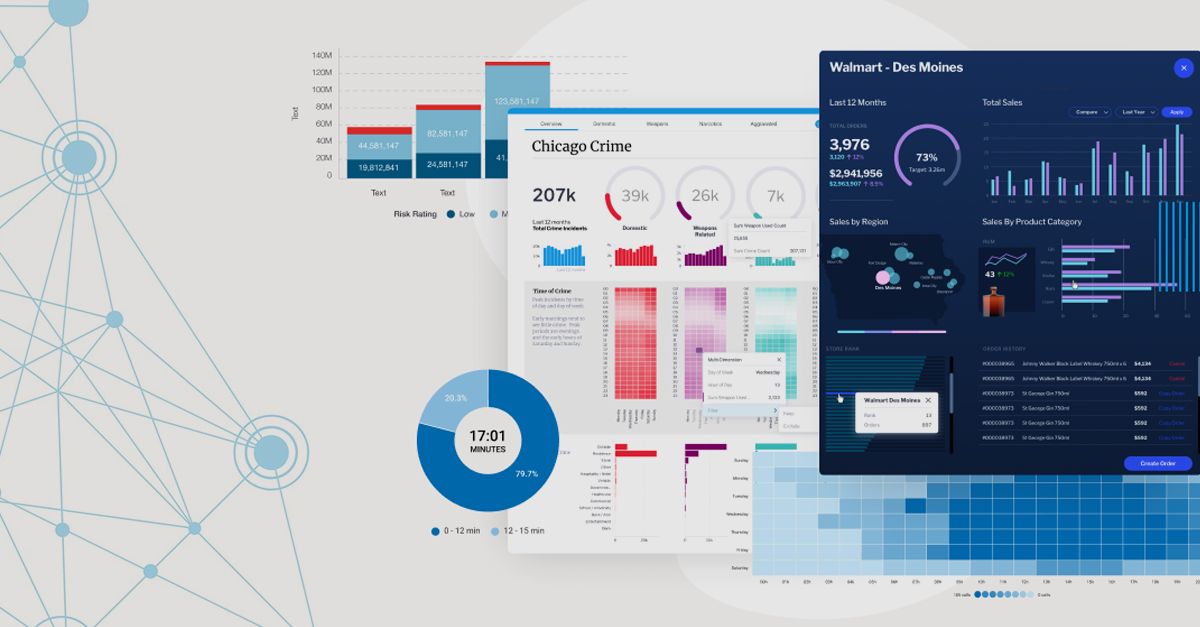
Every new thing seems challenging at first. The same goes for Power BI.
If you have or are thinking of incorporating Power BI in your everyday processes, some challenges might possibly come your way. But believe us when we say these challenges are temporary because as you unleash the power of Power BI, everything will be as simple as ABC.
As businesses increasingly rely on data-driven insights to make informed decisions, Power BI has emerged as a powerful tool for visualizing and analyzing data. However, harnessing the full potential of Power BI in a B2B context comes with its fair share of challenges.
In this blog post, we will explore the key obstacles businesses face in using Power BI for B2B purposes and outline practical strategies to overcome them. By implementing these strategies, organizations can unlock the true power of Power BI and achieve success in 2023 and beyond.
B2B Challenges and Their Solutions For Power BI
We have compiled a list of all possible challenges B2B organizations might face wrt to Power BI. And do not worry; it is not just the challenges we have covered; we have provided the relevant solutions to them, too. Read on to know more.
Conclusion
In 2023, B2B organizations can overcome the challenges associated with Power BI by implementing the above strategies.
Power BI is indeed a powerful tool for businesses to harness the full potential of Power BI and derive meaningful insights.
Embracing Power BI as a strategic asset and addressing its challenges will enable B2B organizations to make informed decisions, gain a competitive edge, and drive business growth. As the B2B landscape continues to evolve, organizations that overcome these challenges will be well-positioned for success in the data-driven era of 2023 and beyond.
And if you still have any doubts or questions, always remember that help is always available. All you have to do is ask!



